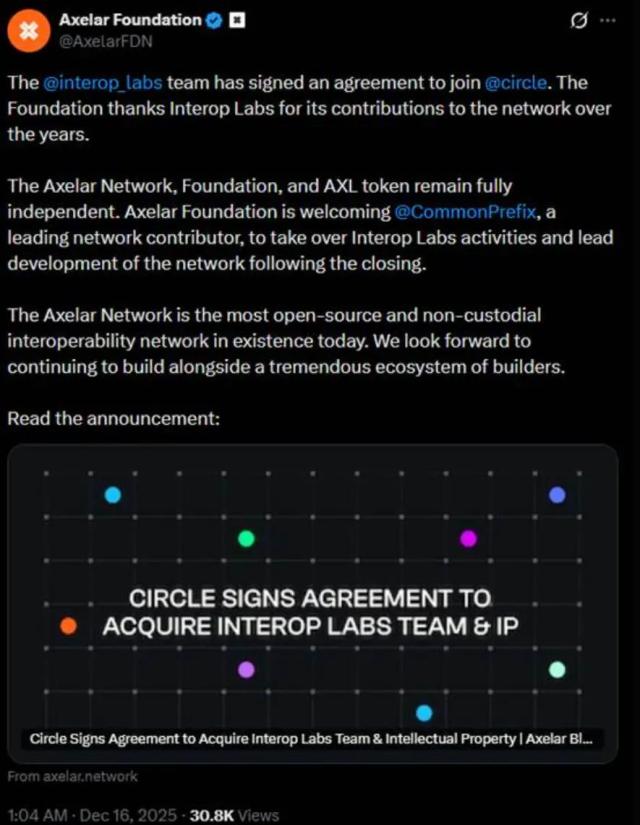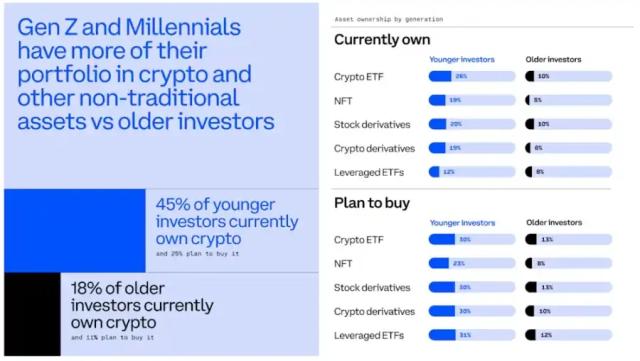GMX V2 VS V1
@GMX_IO V2 seems coming soon.
A super in-depth thread about GMX V2, including mechanism and comparison with GNS & GMX V1 (1/n)👇
A. Markets
In GMX V2, each trading pair has a separate LP.
Examples:
- ETH/USD market with long collateral as ETH, short collateral as a stablecoin, index token as ETH (2/n)
This approach still retains the security advantages of full collateralization while allowing each trading pair's LP to only bear the risk of that particular trading pair. (3/n)twitter.com/NintendoDoomed/sta...
This is beneficial for listing more assets and opens up the possibility of future permissionless listings, as new listings no longer need to consider the impact on the entire pool like in GLP. (4/n)
In addition, synthetic assets can also be traded on V2. For example, SOL/USD market with long collateral as ETH, short collateral as a stablecoin, index token as SOL. This means that ETH is used to support long trades for SOL (5/n)
Clearly, the security of SOL/USD cannot reach the level of full collateralization like in ETH/USD. However, considering the correlation between SOL and ETH, the risk is also lower compared to using pure USD as LP. (6/n)
B. Fee Structure
In addition to the basic open/close position fees, GMX V2 has a triple fee structure consisting of Funding Fees, Borrow Fees, and Price Impact. (7/n)
These fees help balance the long and short positions of LP and OI, avoid inefficient use of capacity, and reduce the risk of price manipulation.(8/n)
The main purpose of Funding Fees is to balance long and short positions.
The formula is (X) * (difference between long and short OI) ^ (Y) / (sum of long and short OI). (9/n)
X and Y are configurable parameters, and if long OI is greater than short OI, long positions pay funding fees to short positions, and vice versa. (10/n)
The main purpose of Borrow Fees is to reduce inefficient use of trading capacity. Because GMX's trading capacity is influenced by pool size and is a limited resource, Borrow Fees in V2 are also determined by the ratio of OI to pool capacity. (11/n)
Price Impact has three purposes:
1. Incentivise balance of tokens in pools
2. Incentivise balance of longs / shorts
3. Reduce risk of price manipulation (12/n)
In simple terms, for LP deposits and withdrawals, if your deposit causes the pool to become more imbalanced, you will need to pay a fee, while if you contribute to greater balance, you can earn a profit. For opening/closing positions, it's about long/short OI imbalance (13/n)
C. Other Improvements
Due to the more scientific approach of Price Impact to balance LP, the proposed parameter settings for V2 significantly reduce the spot exchange fee rates. (14/n)
The basic exchange fee rate for non-stablecoin pairs is only 0.05%, while stablecoin pairs can be as low as 0.01%. This will give GMX the opportunity to gain a larger share in spot trading. (15/n)
In addition, V2 has optimized the mechanism for limit orders and stop-loss orders, and also supports spot limit orders for a better trading experience. (16/n)
D. Comparison with @GainsNetwork_io
GNS also has a triple fee structure consisting of Funding Fees, Rollover Fees, and Spread (Price Impact). Apart from the Funding Fees, there are significant differences in the other two fees. (17/n)
For example, GNS's Price Impact is determined by the depth data and trading positions of CEX, and Rollover Fees only apply to collateral rather than the overall position like GMX Borrow Fees. For more information, please refer to the following tweet.(18/n)
twitter.com/NintendoDoomed/sta...
In addition, GNS uses a single gDAI as LP, while GMX still uses the index asset model and independent liquidity. GNS has more flexibility in terms of capital efficiency and listing assets, while GMX has gone further in terms of risk control. (19/n)
E. Comparison with GMX V1
Compared with GLP, the independent liquidity pool of GMX V1 can better isolate risks because after synthetic assets are listed, GMX can cover more long-tail assets (small tokens). (20/n)
However, these assets bring greater risks, as seen in the previous attack on Avax trading. Therefore, it is necessary to isolate risks to prevent GMX as a whole from being dragged down in case of unexpected incidents. (21/n)
In addition, the proportional distribution of various currencies in GLP is centrally decided by the team/DAO, but with the introduction of independent liquidity pools, (22/n)
the market can decide the "proportions", making it more efficient and potentially opening up possibilities for permissionless listings.(23/n)
The newly added Funding Fees and Price Impact have benefits for trading volume. GMX V1 is actually closer to spot margin trading, with unidirectional fee rates. The perpetual market is clearly much larger, which is very advantageous for GMX to attract more users. (24/n)
The Price Impact can help balance the long and short positions and reduce the risk of price manipulation, which can improve trading capacity. Overall, this is much better than having only a Borrow Fee. (25/n)
The synthetic asset model can support the addition of assets that do not exist on-chain, such as the SOL/USD example mentioned above. However, there still needs to be a long position collateral,(26/n)
and that collateral needs to have a certain correlation with the asset to be eligible. Therefore, it is might not be expected to quickly list stocks, forex as GNS. It's theoretically possible as the long position collateral could also be in the form of $ to implement it. (27/n)
In summary, GMX V2 makes GMX less risky, increases trading capacity, and supports more asset trading. (n/n)
If you love this thread, please like and retweet the first post of this thread ⬇️
twitter.com/NintendoDoomed/sta...
Tagging gigabrains
@DeFiMann
@bizyugo
@GarlamWON
@CompleteDegen
@Chinchillah_
@2lambro
@CryptoShiro_
@DeFi_Cheetah
@TheDeFISaint
@crypto_linn
@EigenPhi
@CurveCap
@DeFiMinty
@crypthoem
@0xCrypto_doctor
@TheDeFISaint
@GrowWithPassive
From Twitter
Disclaimer: The content above is only the author's opinion which does not represent any position of Followin, and is not intended as, and shall not be understood or construed as, investment advice from Followin.
Like
Add to Favorites
Comments
Share
Relevant content






